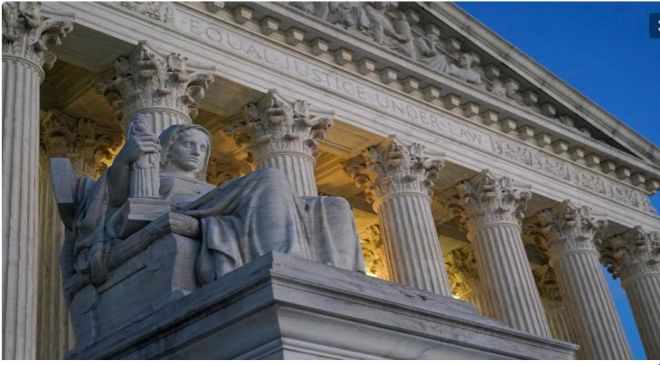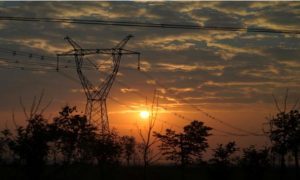On Friday, Oct. 18, the First National Bank of Lindsay in south central Oklahoma, was reported closed by the Department of Treasury’s Office of Comptroller of the Currency over “false and deceptive” bank records. A member of the Federal Deposit Insurance Corp. (FDIC), First National was the first bank since April 26 to be shut down by federal regulators. Two days later, it reopened as First Bank and Trust Co., based in Duncan, Oklahoma.
Usually if a bank fails on a Friday, customers with insured deposits can continue using their debit or ATM card and write checks just as they did before the failure. The purpose is not to disrupt banking operations for customers affected by a bank’s failure.
Bank failures aren’t common but you still need to be prepared because they can be unpredictable. That’s why you should put your money in a federally insured bank or credit union, within the insurance limits, and you need to make sure you’re following the insurance rules.
Here’s what happened at First National Bank of Lindsay and what you can do to protect your money at a federally insured institution should you be in this situation.
What happened to The First National Bank of Lindsay?
Alleged fraud was the cause of the failure of The First National Bank of Lindsay, according to the FDIC. Deceptive and false bank records and other information suggests fraud was the reason that the bank’s capital was depleted, according to the Office of the Comptroller of Currency.
These types of failures have happened in recent years at other small banks. In 2023, for example, Heartland Tri-State Bank in Elkhart, Kansas failed, resulting in the bank’s chief executive officer receiving more than 24 years in prison for embezzling millions of dollars in a crypto scheme, according to the U.S. Department of Justice.
Some bank failures aren’t just attributable to crimes of profit, but also to physical damage. In 2019, The Enloe State Bank in Cooper, Texas, failed after a fire in the bank’s board room damaged files. Investigators concluded it was arson, and that the files were damaged intentionally a day before the Texas Department of Banking was reviewing the bank, according to the Department of Justice.
“There are over 4,000 banks in the country, most of which are small, community banks,” says Greg McBride, CFA, Bankrate chief financial analyst. “Bank failures do happen but they are usually for reasons specific to that particular bank and rarely hit the radar of savers unless they are larger banks with recognizable brands or cause broader market turmoil.”
In addition to being the second bank to fail in 2024, the failure of The First National Bank of Lindsay marks the seventh time a federally-insured bank has failed going back to 2021. But 2023 featured some of the largest bank failures ever, with First Republic Bank, Silicon Valley Bank and Signature Bank all failing within a two-month period.
Also Read– Check to See If Your Tax Bracket Is Changing for 2025
What constitutes a bank failure?
A bank failure usually happens when it closes because it’s unable to meet its obligations to depositors and others or it’s critically undercapitalized, according to the FDIC.
Having an account at a bank that fails could be a stressful situation if you’re exceeding the FDIC limits. But if you’re within federal insurance limits and following the guidelines, the FDIC generally makes things work pretty seamlessly for consumers when their accounts are maintained by the acquiring institution. In the case of the Bank of Lindsay failure, which closed on a Friday, it reopened as First Bank & Trust Co. the following Monday.
Also Read– Major US bank has discreetly shuttered 132 branches this year – more than any other
Why you need FDIC and/or NCUA protection
Banking at an FDIC-insured bank or at an NCUA-insured credit union are the only ways to protect your money if a financial institution fails. But you need to make sure that your money is within insurance limits and that you’re following the insurance rules so that your money is covered. The FDIC’s standard deposit insurance limit is $250,000 per depositor, per insured bank, per ownership category.
Some customers of The National Bank of Lindsay weren’t within the FDIC limits. The FDIC made half of the uninsured funds available to those depositors on Monday, Oct. 21.
Using the FDIC’s Electronic Deposit Insurance Estimator (EDIE) can help you determine how much of your money is covered. But it’s always a good idea to confirm this with the FDIC because EDIE relies on the customer inputting the correct information.
“No matter how remote the risk of a bank failure may be, it is critically important for savers to make sure all their deposits at banks or credit unions are fully protected by federal deposit insurance,” McBride says. “This is your safe and secure money, the money you’d need to get to or the money you can’t put at risk of loss. You’re not being compensated for the risk of uninsured balances,” McBride adds.
Also Read– 5 weeks after the Fed cut rates, banks still want your cash — and they’re paying to get more of it
Bottom line
As a bank customer, it’s possible to be caught off guard if your financial institution fails. That’s why it pays to make sure you’re banking at an FDIC-insured bank or NCUA-insured credit union – and that your money is within insurance limits and following the proper insurance guidelines.





































